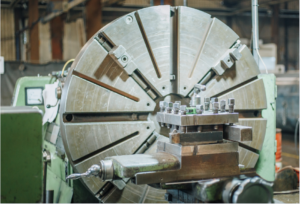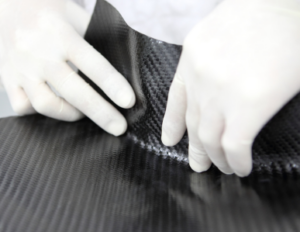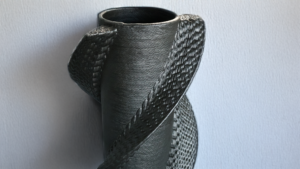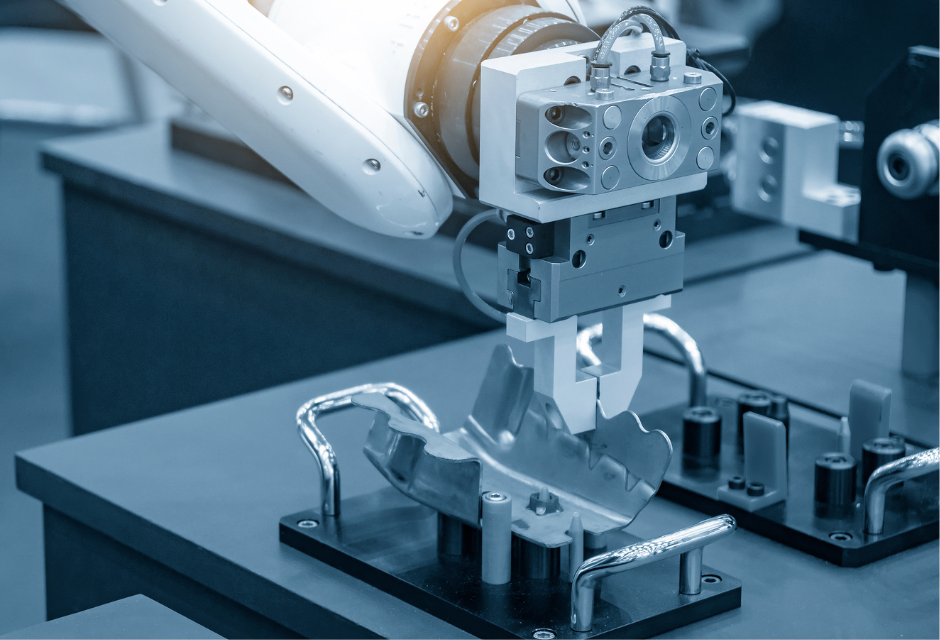
Jigs and fixtures are indispensable instruments in the manufacturing and production fields.
Nevertheless, there are various types of jigs, each with different applications.
In this article, we will explain in detail the characteristics and typical types of jigs, as well as the key points for their utilization.
By deepening your understanding of jigs, you can easily improve productivity and efficiency and generate ideas, so please check them out if you are interested.
For more information about Taiga, click here.Table of Contents
What is a jig?
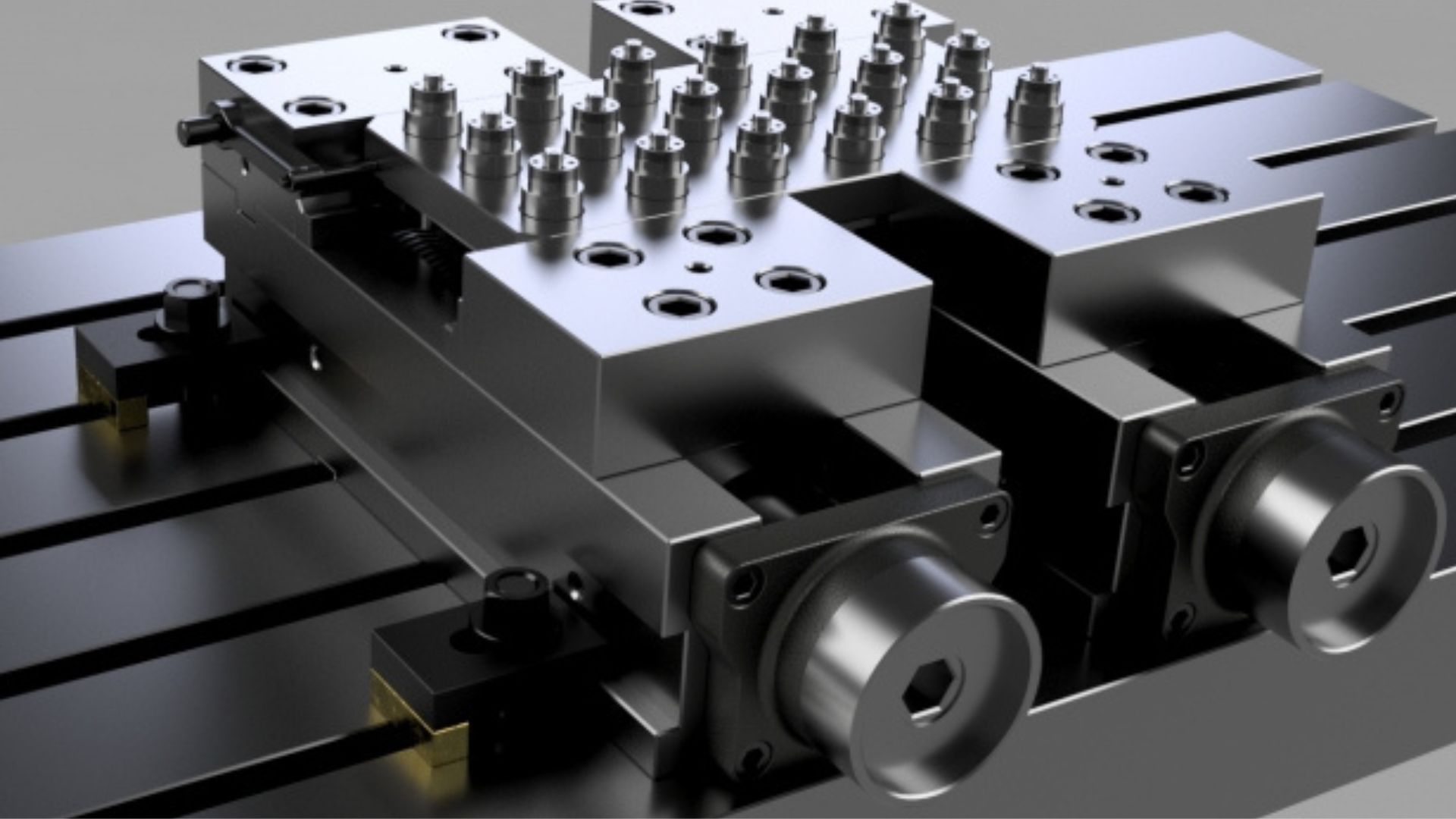
A jig is an auxiliary device used to hold an object in place for accurate positioning and processing.
Today, they are used to efficiently perform all kinds of tasks, from machining and inspection to measurement and assembly.
Below we will look at the difference between a jig and a tool, and then at the etymology of the word jig.
Differences from Tools
Although jig and tool are very similar terms, they have different roles and purposes.
The tool is a direct machining tool for the object, and the jig is a tool to facilitate machining.
In other words, the jig has a role to support machining by the tool.
Etymology of the word jig
The word "jig" comes from the English word "jig.
JIG is a generic term for a tool that fixes the workpiece and leads the machining position.
The word "jig" is sometimes used instead of "jig," which is said to be derived from the word "ji" in the Japanese word "forge.
However, the "ji" in "forge" is read as "ya" rather than "ji," which means that "jig" rather than "jig" is the correct way to express the word.
Advantages of utilizing jigs
The advantages of utilizing fixtures in the manufacturing and production fields are as follows
- Leads to increased productivity
- Increased accuracy and precision
- Reduces machine inspection time.
Let's take a closer look at each of these.
Leads to increased productivity
The use of jigs and fixtures can lead to faster work speeds and reduced staff workloads, which in turn can be expected to increase productivity.
In recent years, jigs that can quickly and accurately fix parts and jigs that can handle multiple parts at once have become popular in an effort to improve productivity.
Increased accuracy and precision
A jig is a tool that serves to assist in the assembly of a product.
By utilizing a jig during assembly, the product can always be fixed in the proper position, making it easier to improve the accuracy and precision of the work.
Reduces machine inspection time.
As explained earlier, jigs are used not only for fixing products but also for inspecting machines.
By utilizing inspection jigs and measuring fixtures, the correspondence and dimensions of products can be accurately measured, thus ensuring quality.
Typical types of jigs
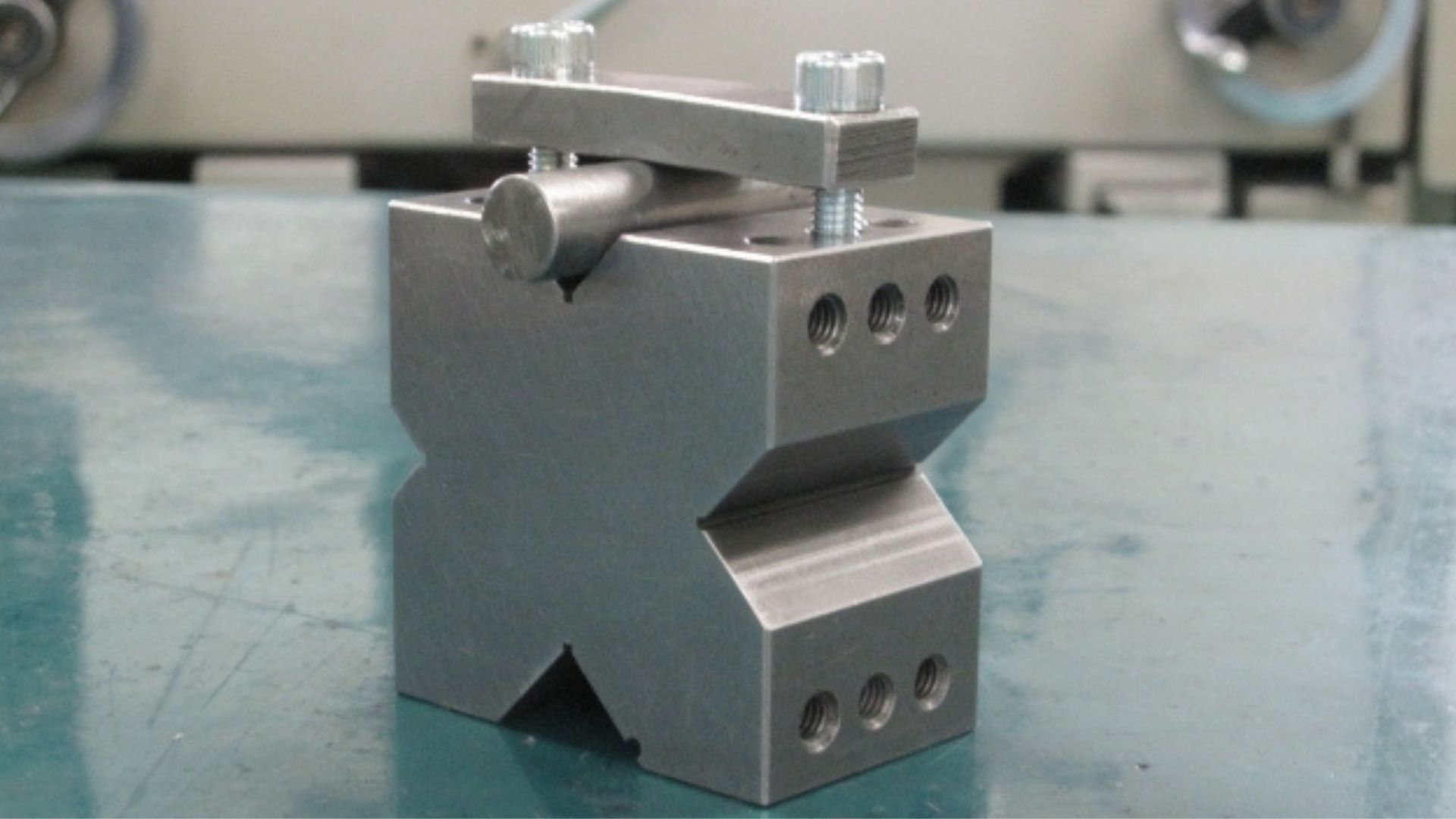
Below is a detailed look at the typical types of jigs.
Fixture
A fixture jig is a jig for fixing a product.
Since the parts can be securely fastened to the processing machine, it can lead to improved processing accuracy and productivity.
There are various types of such fixturing jigs, including those that clamp and secure workpieces and those that are inserted into holes to secure them.
Inspection Jig
Inspection jigs are jigs used to inspect the dimensions, shape, and surface condition of products and machines.
It is mainly used for the purpose of assuring quality.
This allows appropriate pass/fail decisions to be made regardless of staff skill and experience, which not only improves work speed but also makes it easier to improve inspection quality.
Since inspection jigs must be prepared for each part or product, they are often used for mass production.
Processing jig
As the name implies, processing jigs are jigs used when processing products.
- weld
- coating
- standoff (mechanical fastener)
- cutting
In a variety of processes, such as the following, we use a stand that fits the shape of the product to fix it in place.
They are often designed to match the shape of the product and the work involved, and are basically custom-made.
Assembly jig
Assembly jigs are jigs used to ensure safe and efficient assembly operations.
It allows each component to be secured and kept in the correct position for speedy and efficient assembly work.
This will allow us to expect an improvement in the quality of each product.
Points to consider when designing jigs
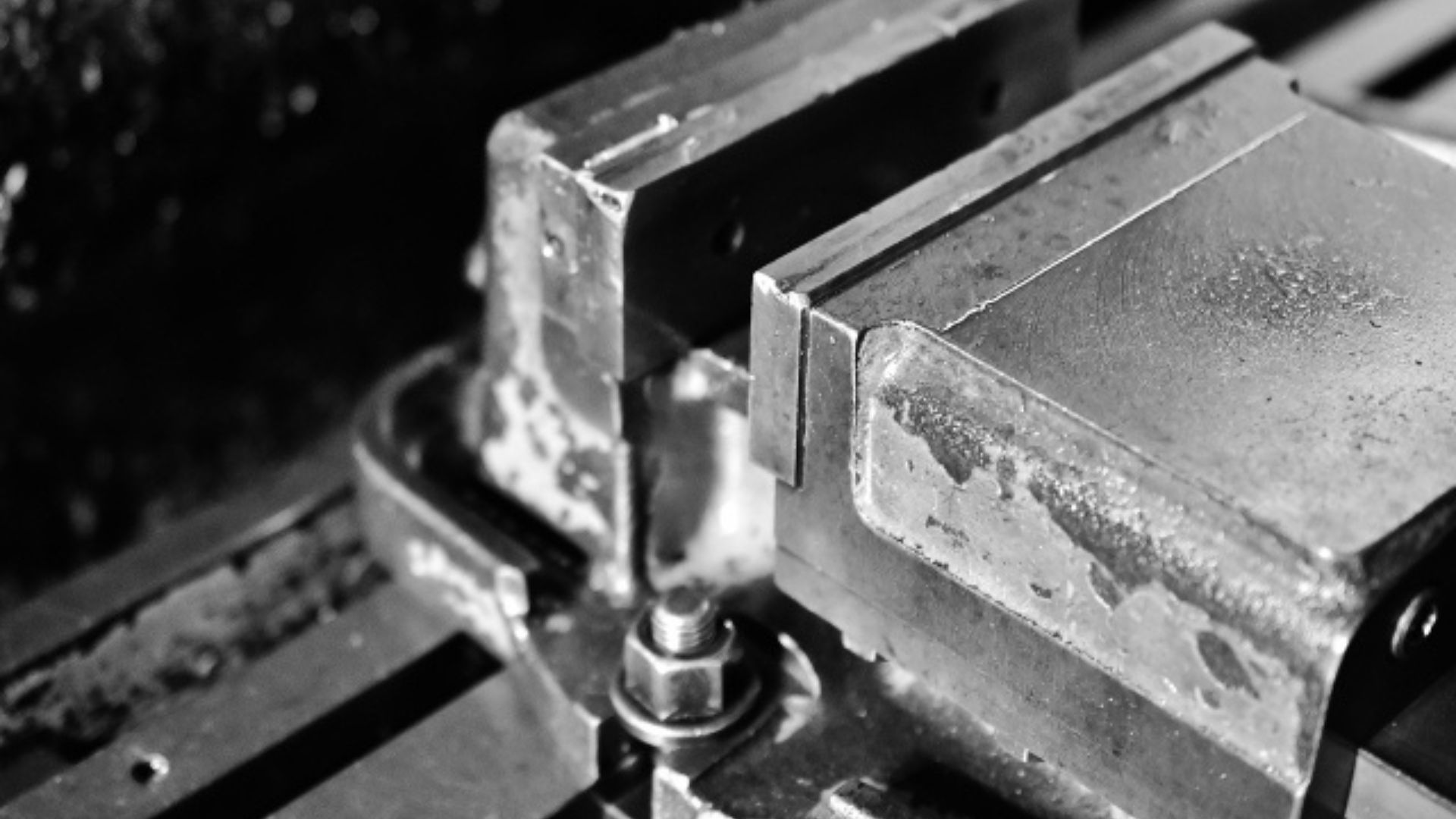
When designing jigs for use in manufacturing and inspection, it is important to be aware of the following points.
- Clarify objectives
- Focus on safety and ease of use
- Ease of maintenance is also a consideration.
Let's take a closer look at each of these.
Clarify objectives
There are various types of jigs, each of which plays a different role.
In addition, it may be necessary to change the shape of the jig depending on the nature of the work and the product, so start by clarifying the purpose.
- I want to keep my product in place.
- I want to maximize inspection efficiency.
Once the purpose is clarified, the configuration and functions required for the jig will naturally be determined, and the jig design can be performed smoothly.
Focus on safety and ease of use
Jigs are tools that help ensure work safety and improve efficiency.
The jig itself is meaningless if it is unsafe and difficult to use.
Therefore, the design must focus on ensuring the safety of processing operations and ease of use.
By putting ourselves in the machinist's shoes and devising every possible angle, we can design jigs that are safe and easy to use.
Ease of maintenance is also a consideration.
Jigs are not disposable and are often used over and over again.
However, jigs are consumables and will gradually deteriorate with use.
Regular maintenance is important to slow the rate of deterioration.
Design for ease of maintenance as well, since complicated shapes are more difficult to maintain and speed up the deterioration of the jig.
Flow of Jig Fabrication
When jig fabrication is outsourced, the process proceeds as follows.
- overlap (of a coat, etc.)
- Estimate Issuance
- design
- production
The quality and manufacturing efficiency of jigs vary greatly depending on the finished product.
In order to produce a jig that meets its purpose and improves productivity, safety, and quality, precise discussions must be held.
After the meeting, the contractor will issue an estimate.
During the estimating stage, it is often possible to change specifications or add requests, so consult with us if necessary.
The design is then made and production begins.
Taiga" is recommended for jig production!
Jigs and fixtures are important instruments that determine productivity, safety, and quality.
If you have the facilities and environment in place, you can do everything from design to manufacturing in-house, but if not, you will need to consider outsourcing.
However, since quality has a great deal to do with quality and manufacturing efficiency, we cannot easily select an outsourcing partner, can we?
If you want to find a partner who can produce quality fixtures that fit your company's needs, please use the Taiga.
Taiga is a manufacturing matching service that provides a smooth manufacturing process.
In addition to connecting users and partners, the system offers a variety of useful functions, including a chat function and a drawing editing function.
You can also re-purchase parts with the same specifications with a single click, leading to improved operational efficiency and productivity.
If you are looking for a company to manufacture jigs, please feel free to contact Taiga.
Summary
Jigs and fixtures play an important role in the manufacturing and production fields.
It is often used to secure objects to increase productivity and improve the quality of inspections and measurements.
In most cases, such jigs are custom-made and manufactured according to the object and work content, and quality and manufacturing efficiency vary greatly depending on the finished product.
When ordering design or manufacturing from an outside source, we must carefully search for a reliable supplier.
Nevertheless, it is time-consuming and labor-intensive to narrow down the list of clients from among the many options.
Taiga is recommended for those who want to find a smooth client.
With Taiga, you can not only find reliable vendors smoothly, but also clear up communication issues.
Our staff in charge will explain the details in detail, so please feel free to contact us if you are interested.
For more information about Taiga, click here.
 0120-987-742
0120-987-742